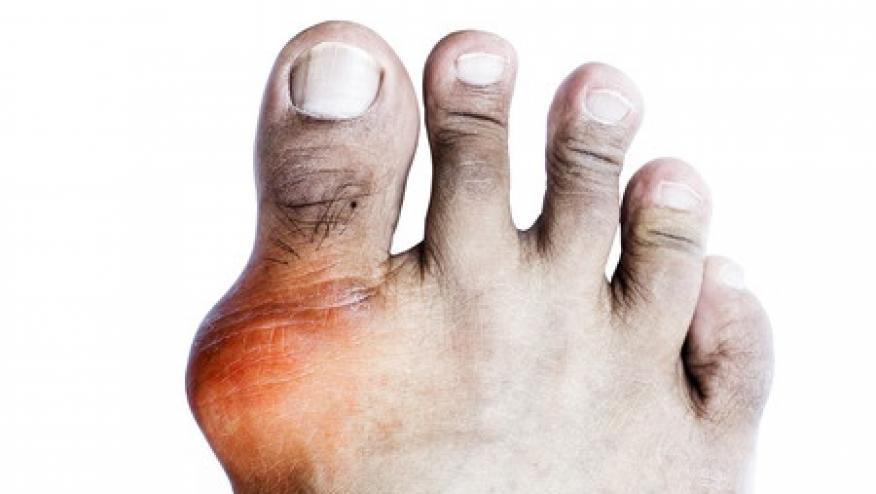Updated 2018 EULAR Recommendations for the Diagnosis of Gout Save

The first EULAR recommendations for the diagnosis of gout were published in 2006. A task force was formed and following a systematic review, they voted unanimously for changes in all items of the 2006 recommendations.
The EULAR Executive committee established the leadership of this committee charged with updating the 2006 EULAR recommendations for the diagnosis of gout. This EULAR task force includes 15 rheumatologists, 1 musculoskeletal radiologist, 2 general practitioners, 1 research fellow, 2 patients and 3 experts in epidemiology/methodology from 12 European countries.
The final eight recommendations for the diagnosis of gout include:
- Search for crystals in synovial fluid or tophus aspirates is recommended in every person with suspected gout, because demonstration of MSU crystals allows a definitive diagnosis of gout.
- Gout should be considered in the diagnosis of any acute arthritis in an adult. When synovial fluid analysis is not feasible, a clinical diagnosis of gout is supported by the following suggestive features: monoarticular involvement of a foot (especially the first MTP) or ankle joint; previous similar acute arthritis episodes; rapid onset of severe pain and swelling (at its worst in <24 hours); erythema; male gender and associated cardiovascular diseases and hyperuricaemia. These features are highly suggestive but not specific for gout.
- It is strongly recommended that synovial fluid aspiration and examination for crystals is undertaken in any patient with undiagnosed inflammatory arthritis.
- The diagnosis of gout should not be made on the presence of hyperuricemia alone
- When a clinical diagnosis of gout is uncertain and crystal identification is not possible, patients should be investigated by imaging to search for MSU crystal deposition and features of any alternative diagnosis.
- Plain radiographs are indicated to search for imaging evidence of MSU crystal deposition but have limited value for the diagnosis of gout flare. Ultrasound scanning can be more helpful in establishing a diagnosis in patients with suspected gout flare or chronic gouty arthritis by detection of tophi not evident on clinical examination, or a double contour sign at cartilage surfaces, which is highly specific for urate deposits in joints.
- Risk factors for chronic hyperuricemia should be searched for in every person with gout, specifically: chronic kidney disease; overweight, medications (including diuretics, low-dose aspirin, cyclosporine, tacrolimus); consumption of excess alcohol (particularly beer and spirits), non-diet sodas, meat and shellfish.
- Systematic assessment for the presence of associated comorbidities in people with gout is recommended, including obesity, renal impairment, hypertension, ischaemic heart disease, heart failure, diabetes and dyslipidaemia.









If you are a health practitioner, you may Login/Register to comment.
Due to the nature of these comment forums, only health practitioners are allowed to comment at this time.